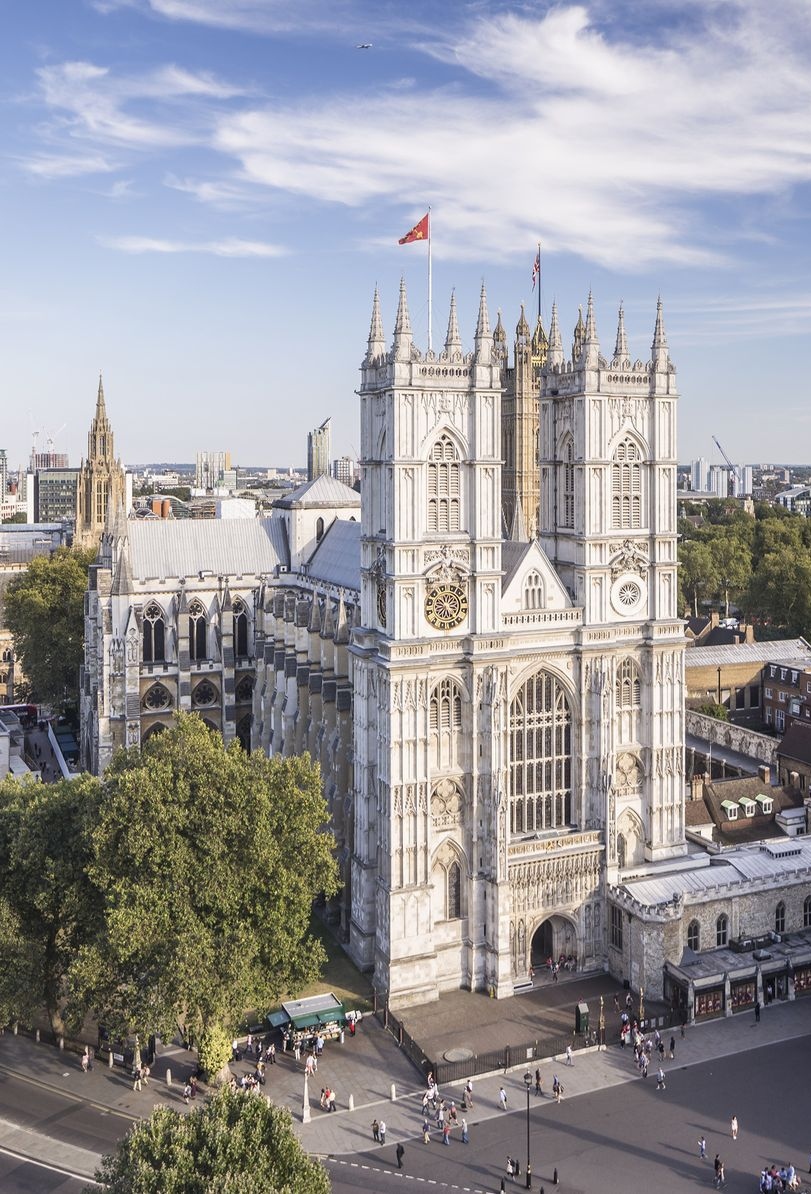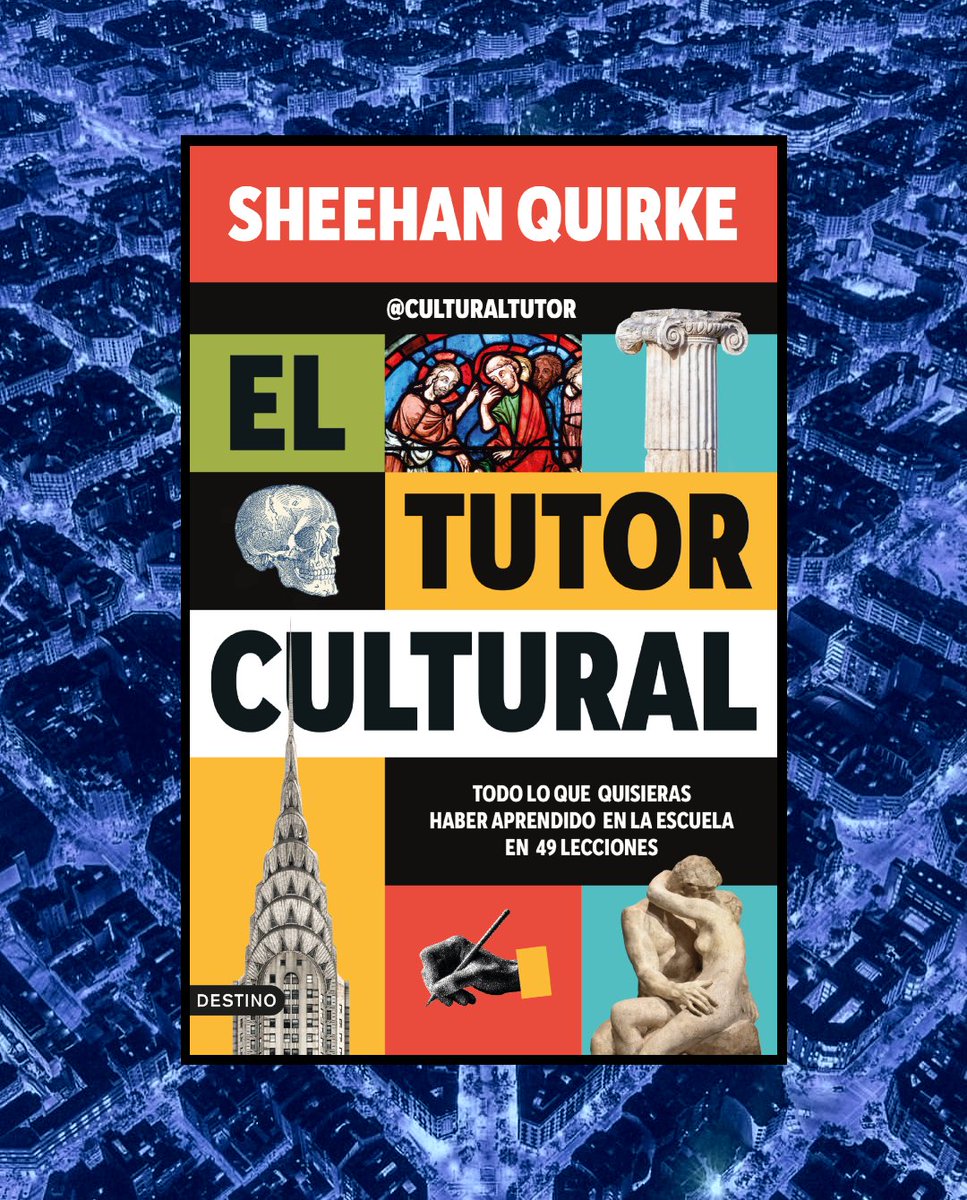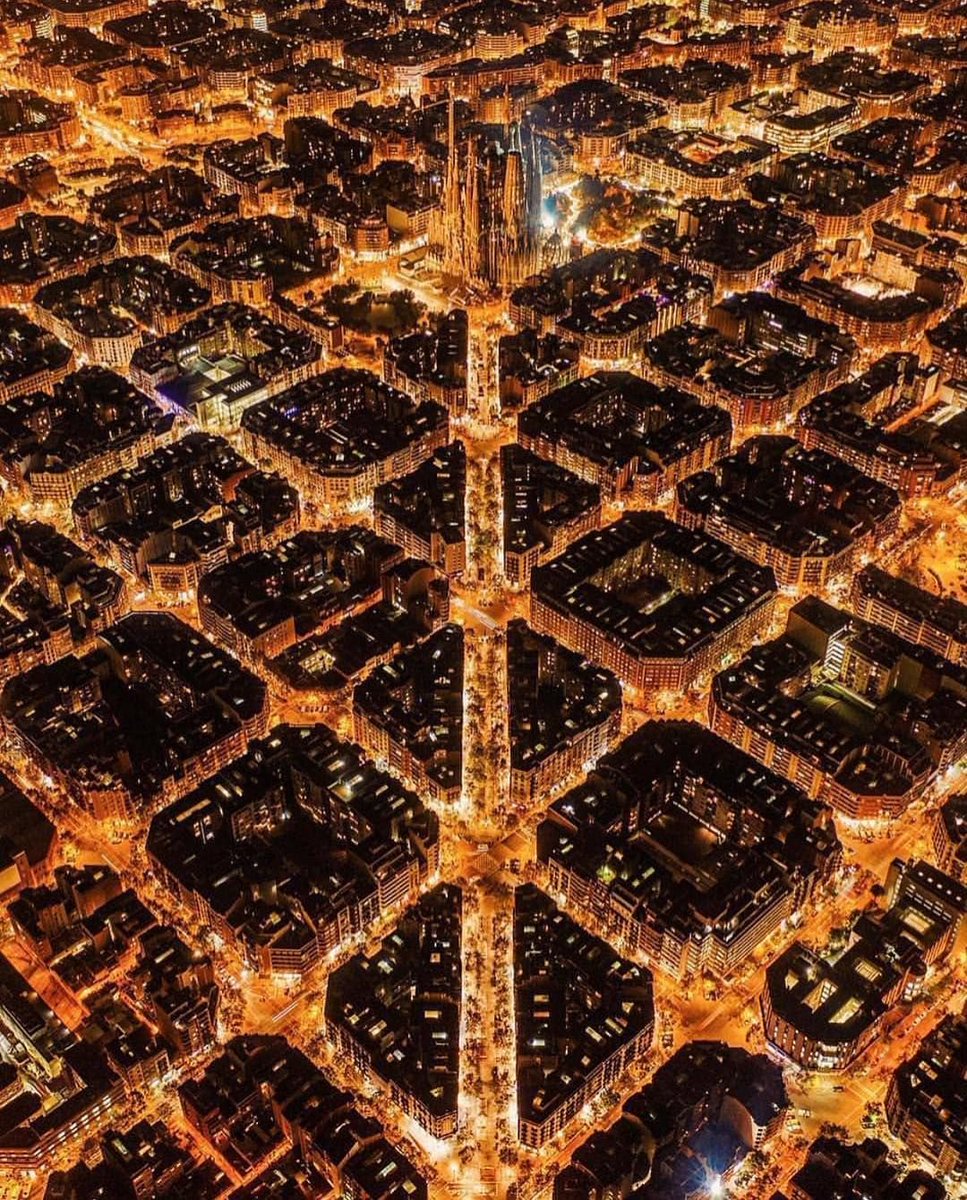Westminster Abbey isn't actually an abbey... and it hasn't been for 464 years.
It also has a statue of Martin Luther King Jr. and is home to Britain's oldest door.
So here's a brief history of this very peculiar place — and what its real name is...
It also has a statue of Martin Luther King Jr. and is home to Britain's oldest door.
So here's a brief history of this very peculiar place — and what its real name is...

An abbey is a monastery centred around a church and home to a community of monks under the management of an abbot.
There are no monks anymore, but that's what Westminster Abbey once was — a monastery founded in 960 AD by a bishop called Dunstan, during the rule of King Edgar.
There are no monks anymore, but that's what Westminster Abbey once was — a monastery founded in 960 AD by a bishop called Dunstan, during the rule of King Edgar.

In 1040 King Edward the Confessor built a palace nearby and decided to expand the monastery — he built a large abbey church dedicated to Saint Peter.
It became known as West Minster to distinguish it from St Paul's Cathedral, which was to the east, i.e. the East Minster.
It became known as West Minster to distinguish it from St Paul's Cathedral, which was to the east, i.e. the East Minster.

All that remains of Edward's original 11th century church are some foundations and parts of the crypt.
Here, in the 1,000 year old Chamber of the Pyx, you can see the rounded arches, plain stonework, and huge columns of Romanesque architecture.
Here, in the 1,000 year old Chamber of the Pyx, you can see the rounded arches, plain stonework, and huge columns of Romanesque architecture.

Edward's church was largely demolished by King Henry III in 1245, who wanted something to compete with the great Gothic cathedrals of France.
Henry's version, much of which survives, has a tall and narrow nave typical of the French Gothic but unusual in England.
Henry's version, much of which survives, has a tall and narrow nave typical of the French Gothic but unusual in England.

This French-influenced design took two over centuries to be implemented; the masons and carpenters who started working on it knew they'd never live to see it finished.
But, by the end of the 15th century, it was finally completed according to Henry's original ambitions.
But, by the end of the 15th century, it was finally completed according to Henry's original ambitions.

Henry III had also commissioned the so-called "Cosmati Pavement".
Its name comes from the Cosmati family of Italy, who over the course of several generations designed and built these elaborate, colourful mosaics all over Europe.
Very fashionable at the time.
Its name comes from the Cosmati family of Italy, who over the course of several generations designed and built these elaborate, colourful mosaics all over Europe.
Very fashionable at the time.

In 1503 Henry VII, the first Tudor monarch, made his own addition to Westminster Abbey.
It came in the form of a new chapel, built according to the uniquely English "Perpendicular Gothic" style and complete with a breathtaking fan-vaulted ceiling.
It came in the form of a new chapel, built according to the uniquely English "Perpendicular Gothic" style and complete with a breathtaking fan-vaulted ceiling.

Then we come to the most notorious of all English kings, Henry VIII.
In 1534 he broke away from the Catholic Church and declared himself head of the Church of England. Henry also went after the monasteries, which had become incredibly rich and powerful institutions.
In 1534 he broke away from the Catholic Church and declared himself head of the Church of England. Henry also went after the monasteries, which had become incredibly rich and powerful institutions.

Known as the Dissolution of Monasteries, in the late 1530s Henry forcibly revolutionised the way England worked by... dissolving the monasteries.
And so most of England's monasteries now look like this — ruins of once magnificent churches destroyed during Henry's purge.
And so most of England's monasteries now look like this — ruins of once magnificent churches destroyed during Henry's purge.

But Westminster Abbey avoided destruction because Henry VIII confiscated its property, disbanded the monastery, took direct control, and turned it into a cathedral.
Many of its treasures were removed and melted down, but Henry personally ensured it survived his Dissolution.
Many of its treasures were removed and melted down, but Henry personally ensured it survived his Dissolution.

Under the Catholic Mary I it became a monastery again, but in 1560 Elizabeth I kicked out the monks and turned it into a "Royal Peculiar" — a church without a diocese or bishop, controlled directly by the monarch.
As it remains to this day.
As it remains to this day.

In 1698 Christopher Wren, who designed the new St Paul's Cathedral and rebuilt half of London after the Great Fire, was given the delightful title of Surveyor of the Fabric of Westminster Abbey.
He planned to add two towers to its western end; until then the church had none.
He planned to add two towers to its western end; until then the church had none.

This plan was carried out by his successors, Nicholas Hawksmoor and John James, and the towers were completed by 1745 in a fitting Gothic style.
The church, with its brand new (and now-famous) towers, was painted not long afterward by the great Venetian artist Canaletto:
The church, with its brand new (and now-famous) towers, was painted not long afterward by the great Venetian artist Canaletto:

Since then Westminster Abbey has remained broadly unchanged, though the Victorians couldn't help meddling, as they did to all British churches, retouching the exterior and adding bits to the interior.
It was bombed during WWII, but disaster was averted and the church survived.
It was bombed during WWII, but disaster was averted and the church survived.

Westminster Abbey was repaired after the war, and it continues to evolve with every passing decade.
One of the most interesting recent additions is a set of statues of 20th century Christian martyrs, carved over the West Door in 1998.
One of them is Martin Luther King Jr.
One of the most interesting recent additions is a set of statues of 20th century Christian martyrs, carved over the West Door in 1998.
One of them is Martin Luther King Jr.

In 1400 Geoffrey Chaucer was buried in the south transept, though that was for reasons other than his poetry.
Two hundred years later, in 1599, Edmund Spenser was buried near Chaucer. And so a tradition emerged of burying poets in the south transept of Westminster Abbey.
Two hundred years later, in 1599, Edmund Spenser was buried near Chaucer. And so a tradition emerged of burying poets in the south transept of Westminster Abbey.

In Poets' Corner you'll find Thomas Hardy, Rudyard Kipling, Alfred, Lord Tennyson, and Charles Dickens (against his will), plus monuments or memorial tablets to Shakespeare, Byron, the Brontës, Jane Austen, Lewis Carroll, John Milton, and just about everybody else. 

Famous Britons buried at Westminster Abbey include Stephen Hawking, Charles Darwin, Clement Attlee, Aphra Behn, Henry Purcell, William Wilberforce, Isaac Newton, Lawrence Olivier... over 3,300 people are buried there.
One of them being the Unknown Soldier, interred after WWI.

One of them being the Unknown Soldier, interred after WWI.


And for about five centuries most monarchs were buried in Westminster Abbey (along with many other members of the royal family) including Edward the Confessor and Elizabeth I. 



Oliver Cromwell, Lord Protector of the Commonwealth during England's brief republican phase, was also buried there.
But in 1660 the monarchy was restored and Cromwell's body was exhumed, posthumously placed on trial, and executed.
But in 1660 the monarchy was restored and Cromwell's body was exhumed, posthumously placed on trial, and executed.

So, what is Westminster Abbey actually called?
Back when Elizabeth I turned it into a Royal Peculiar it became, officially, the Collegiate Church of Saint Peter at Westminster.
And that remains its official name.
Back when Elizabeth I turned it into a Royal Peculiar it became, officially, the Collegiate Church of Saint Peter at Westminster.
And that remains its official name.

And that's a brief history of Westminster "Abbey", from Saxons to Normans, Romanesque to Gothic, Reformation to Republic, and Edward the Confessor to Charles III.
Churches are the work of centuries and of generations — they tell stories like no other buildings can.
Churches are the work of centuries and of generations — they tell stories like no other buildings can.

• • •
Missing some Tweet in this thread? You can try to
force a refresh






















